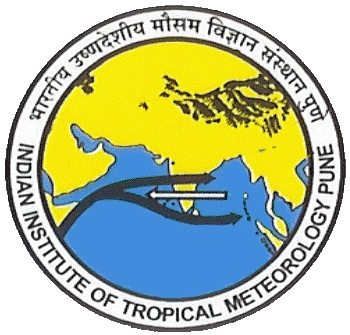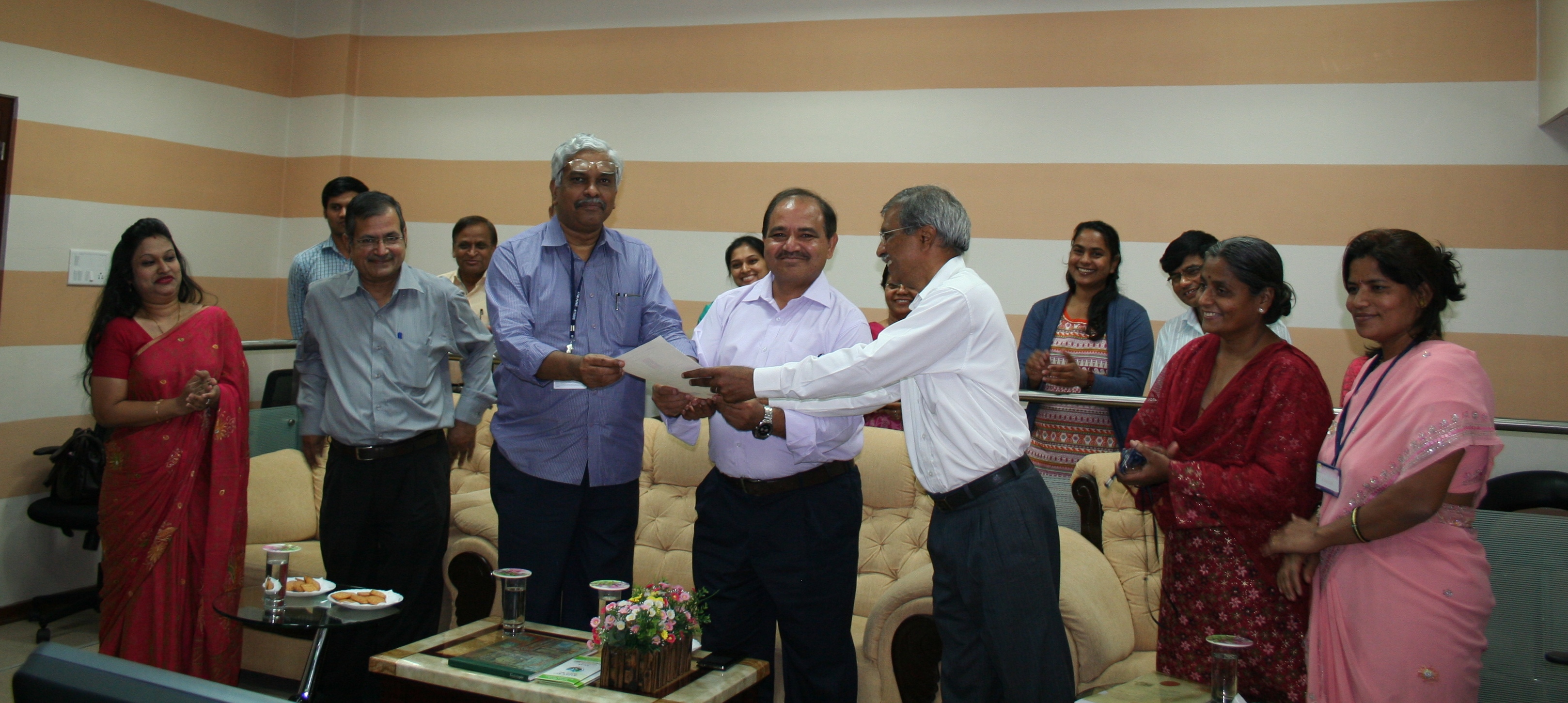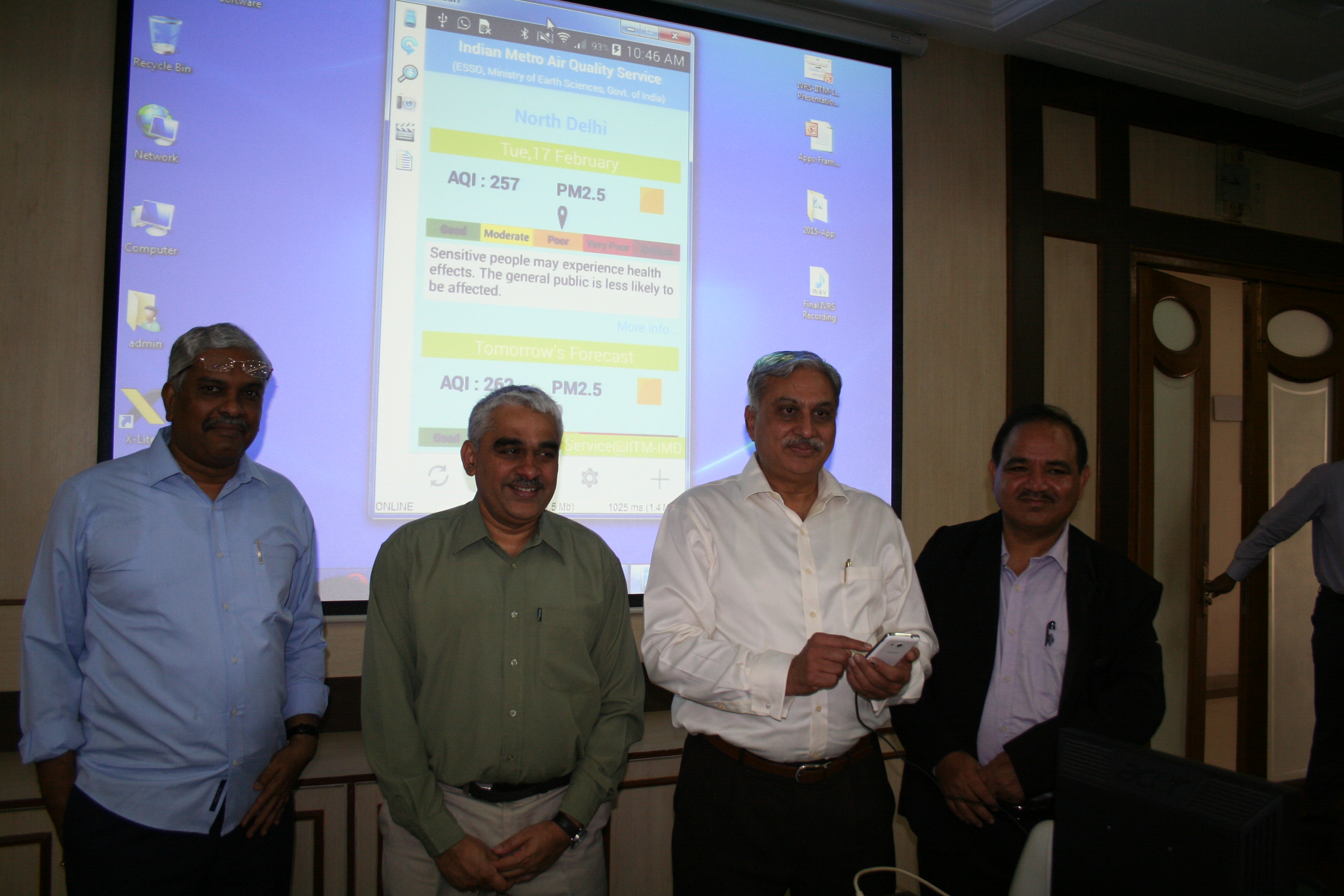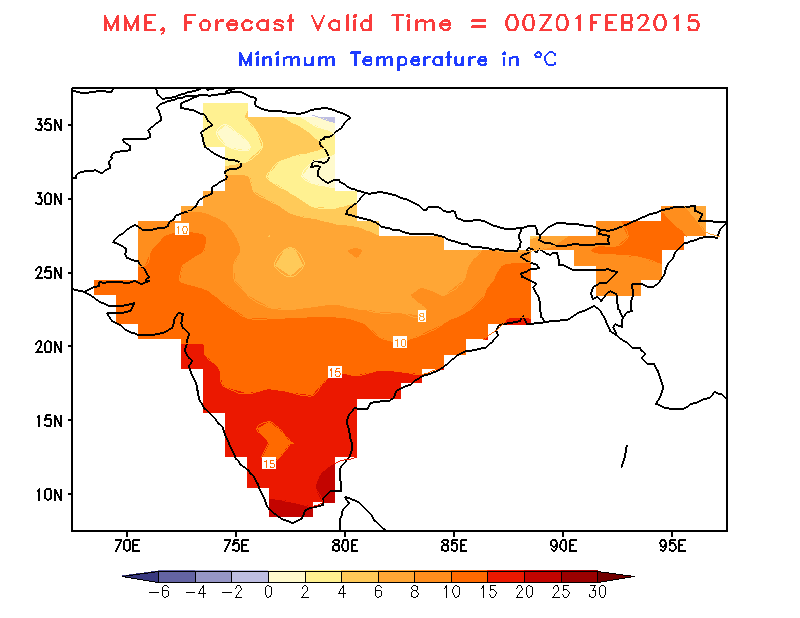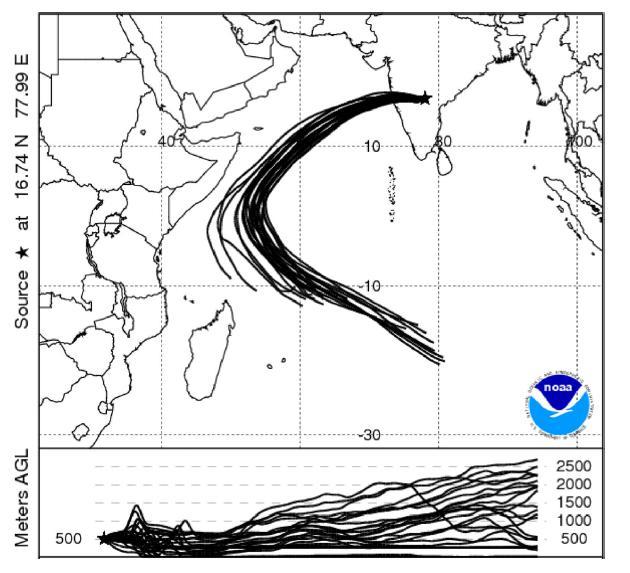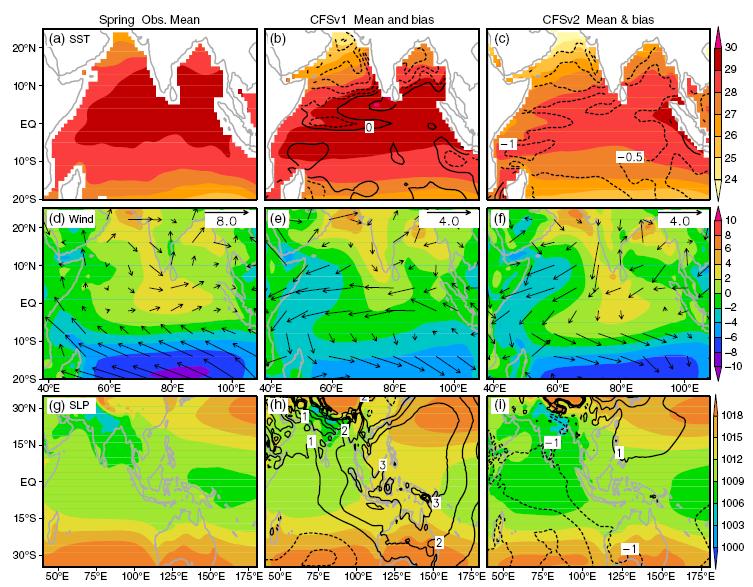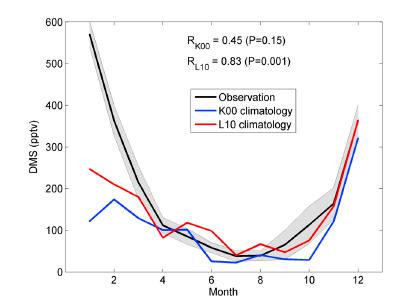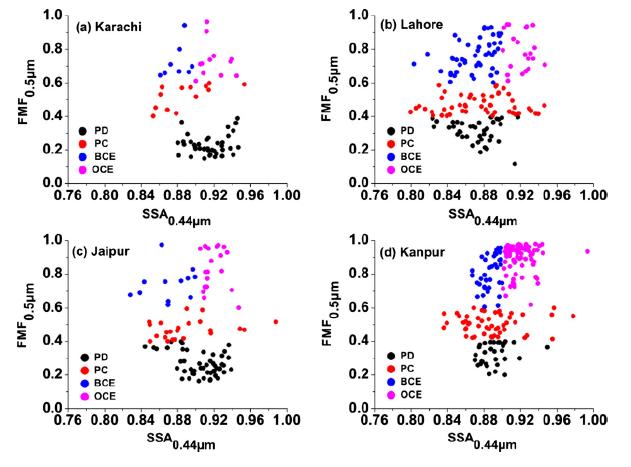IITM Publication Highlights
Unprecedented hailstorms over north peninsular India during February-March 2014
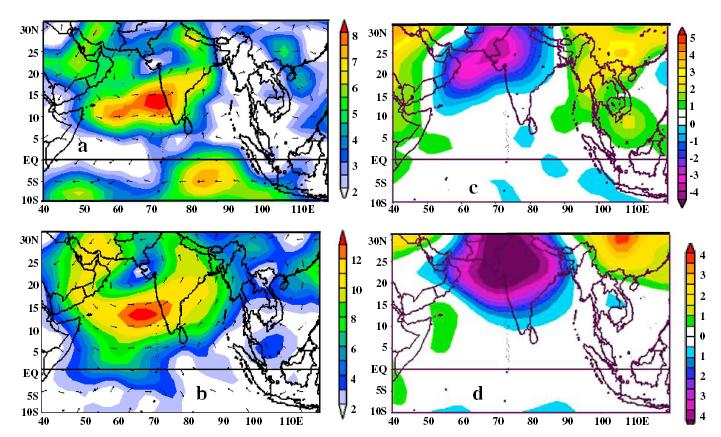 |
Unprecedented, widespread, and devastating hailstorms occurred during February and March 2014 over north peninsular India (study area). A diagnostic study has been carried out to understand the causes for the same. Mechanism of the hailstorm formation and sustenance for a long time has been constructed. Unusual southward displacement and persistence of the midlatitude westerlies, convective instability, buoyancy from latent heat of ice deposition and synoptic scale updrafts produce widespread hailstorms.
Read more...
(J. R. Kulkarni, S. B. Morwal, S. G. Narkhedkar, R. S. Maheskumar, B. Padmakumari,S. Sunitha Devi,M. Rajeevan, JGR-Atmos, Apr 2015) |
The impact of the Western Ghats on lightning activity on the western coast of India
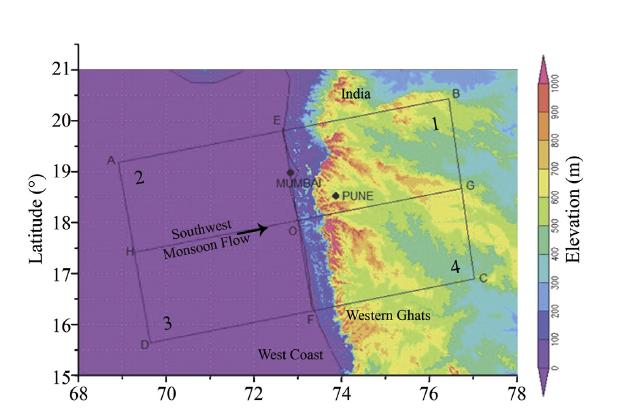 |
The Western Ghats exert a strong effect on lightning activity increasing it between the coastline and the Western Ghats and decreasing it on the immediate lee side of the mountain range during the onset and withdrawal phases of the Indian southwest monsoon. During the monsoon season, however, the lightning activity dramatically falls to very low values. The air pollution generated by the Mumbai city seems to have a decreasing effect on the lightning activity immediately east of it.
Read more...
(A.K. Kamra, A.A. Nair, Atm. Res., Vol 160, 15 June 2015) |
Cloud characteristics over the rain shadow region of North Central peninsular India during monsoon withdrawal and post withdrawal periods
|
Cloud characteristics over the rain-shadow region of the north central peninsular India has been studied using C-band radar data for withdrawal and post-withdrawal periods of monsoon 2011. The cloud characteristics and their growth mechanism over the region differ from other tropical land and oceanic regions. During the period, a large number of suitable clouds were found available for hygroscopic and glaciogenic cloud seeding. The cloud top heights show tri-modal distribution with highest frequency of congestus clouds.
Read More...
(S. B. Morwal, S. G. Narkhedkar, B. Padmakumari, R. S. Maheskumar, D. R. Kothawale, K. K. Dani, R. Burger, R. T. Bruintjes and J. R. Kulkarni, Clim. Dyn., Apr 2015) |
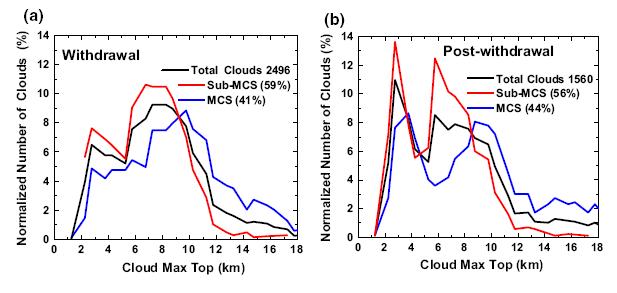 |
